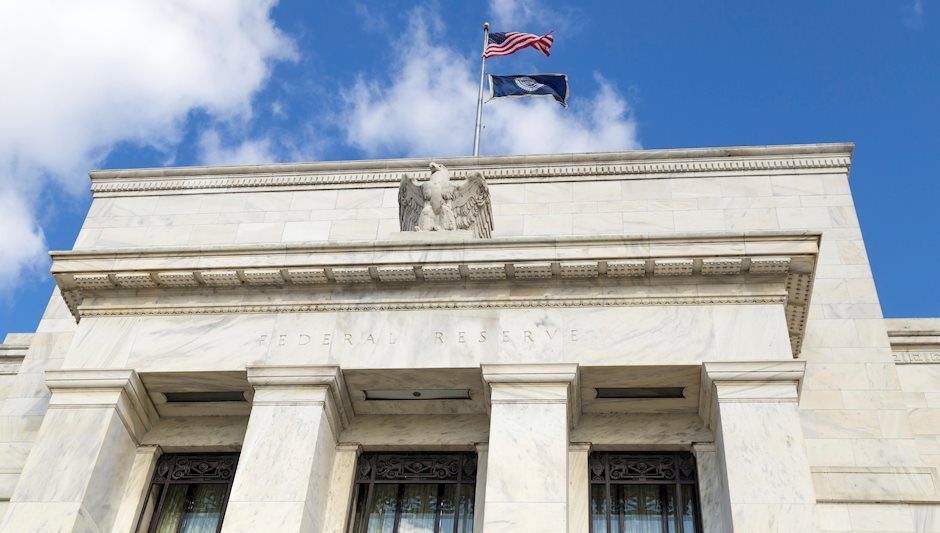Fed's Collins: Fed has made significant progress, but inflation remains stubborn

Federal Reserve (Fed) Bank of Boston President Susan Collins noted on Tuesday that despite significant progress made on inflation by the Fed and its policies, there's still plenty of work to be done. As Boston Fed President Collins noted, inflation remains stubbornly high, and it will likely take more time than many had initially hoped to bring price growth back down to the Fed's 2% target.
Fed policymakers assess inflation data, weigh policy options
Key highlights
Fed Collins: I am cautious against overreacting to recent inflation data.
I remain a realistic optimist on the economy and monetary policy.
It is too soon to say if inflation is retreating again to 2%.
The economy has been remarkably resilient.
Inflation is still stubbornly above 2% target.
Recent inflation data has been encouraging.
The US central bank has made notable progress lowering inflation.
It is appropriate for the US central bank to remain patient on monetary policy.
Inflation FAQs
Inflation measures the rise in the price of a representative basket of goods and services. Headline inflation is usually expressed as a percentage change on a month-on-month (MoM) and year-on-year (YoY) basis. Core inflation excludes more volatile elements such as food and fuel which can fluctuate because of geopolitical and seasonal factors. Core inflation is the figure economists focus on and is the level targeted by central banks, which are mandated to keep inflation at a manageable level, usually around 2%.
The Consumer Price Index (CPI) measures the change in prices of a basket of goods and services over a period of time. It is usually expressed as a percentage change on a month-on-month (MoM) and year-on-year (YoY) basis. Core CPI is the figure targeted by central banks as it excludes volatile food and fuel inputs. When Core CPI rises above 2% it usually results in higher interest rates and vice versa when it falls below 2%. Since higher interest rates are positive for a currency, higher inflation usually results in a stronger currency. The opposite is true when inflation falls.
Although it may seem counter-intuitive, high inflation in a country pushes up the value of its currency and vice versa for lower inflation. This is because the central bank will normally raise interest rates to combat the higher inflation, which attract more global capital inflows from investors looking for a lucrative place to park their money.
Formerly, Gold was the asset investors turned to in times of high inflation because it preserved its value, and whilst investors will often still buy Gold for its safe-haven properties in times of extreme market turmoil, this is not the case most of the time. This is because when inflation is high, central banks will put up interest rates to combat it. Higher interest rates are negative for Gold because they increase the opportunity-cost of holding Gold vis-a-vis an interest-bearing asset or placing the money in a cash deposit account. On the flipside, lower inflation tends to be positive for Gold as it brings interest rates down, making the bright metal a more viable investment alternative.
Author

Joshua Gibson
FXStreet
Joshua joins the FXStreet team as an Economics and Finance double major from Vancouver Island University with twelve years' experience as an independent trader focusing on technical analysis.
















